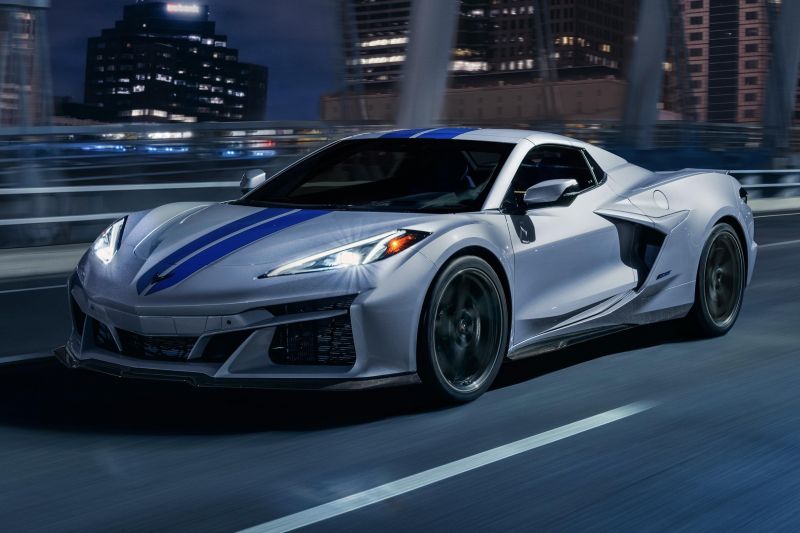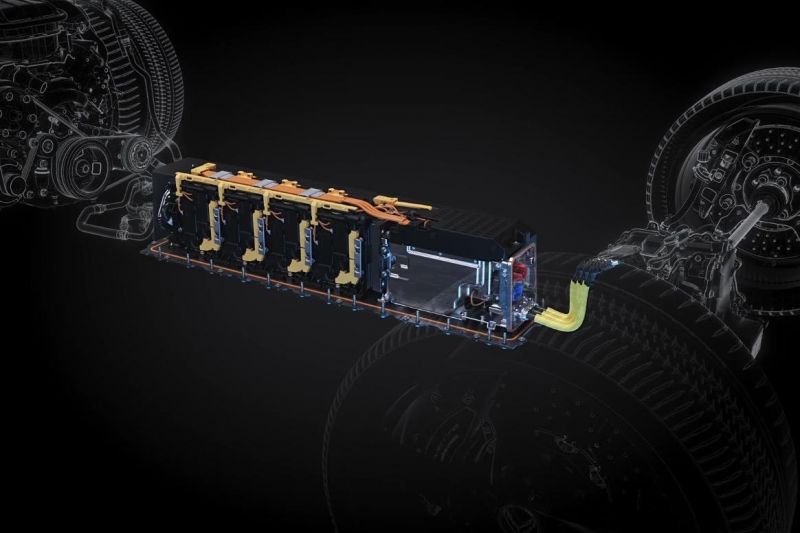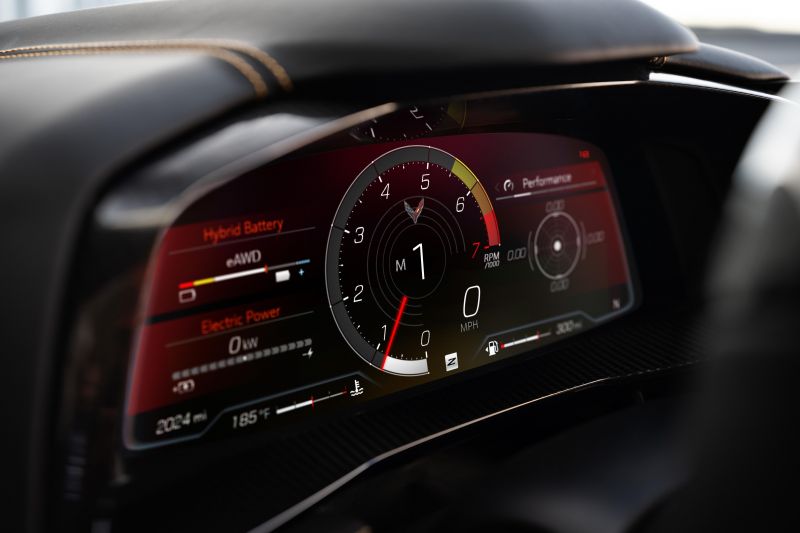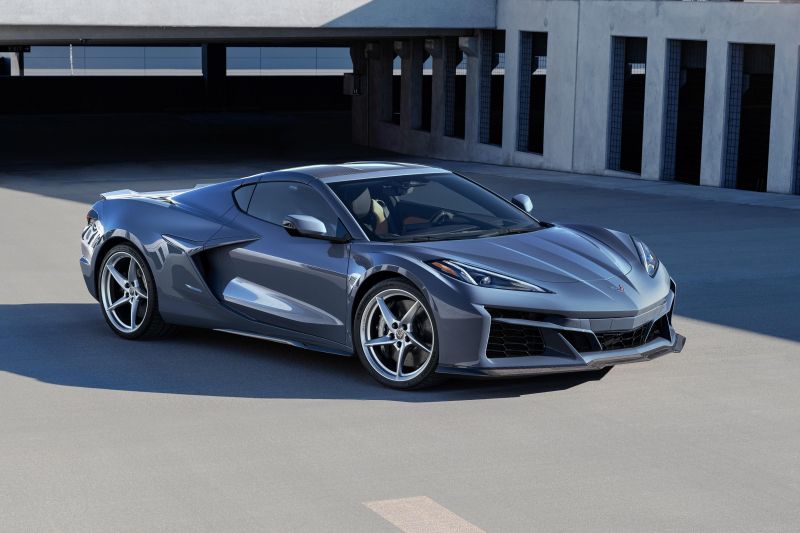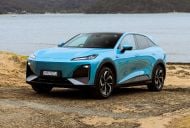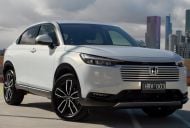OPINION: Pretty much all car types are shifting to electric, some at more rapid pace than others. In most cases it’s welcome, but on some it’s an imposition.
One clear challenge for established brands, caught between a rock and a hard place, is to put batteries and e-motors into iconic performance cars without getting devotees off-side.
General Motors in my opinion has shown the world how it’s done with the new Chevrolet Corvette E-Ray hybrid – and has done so by adding value without sacrificing the car’s soul on an altar.
MORE: Chevrolet Corvette E-Ray hybrid unveiled, fastest version ever
It’s branding 101: bring people along on a journey without leaving them bewildered and behind the curve. No doubt a ‘Vette BEV is near, but the E-Ray is a clever bridge.
It was tough enough going to an MR layout!
For one thing, the E-Ray keeps its beating heart, a 6.2-litre LT2 V8 in a mid-engine layout, powering the rear wheels through a rear-facing eight-speed dual-clutch transmission.
In other words, it hasn’t done a Mercedes-AMG C63 and made a V8 icon into an (insanely fast) four-pot PHEV which, love or hate it, dramatically rejigs the formula.
Rather than paring back petrol power, it has augmented what’s there with electrification: in the form of a front-axle 120kW electric motor and rapidly recharged 1.9kWh battery between the seats.
This has myriad advantages: It can sneak out of your neighbourhood in electric silence at low speed, cuts four-tenths from the 0-96km/h time (a staggering 2.5sec) by counteracting added mass with more power and greater traction, and ups power from 370kW to 490kW.
That means bragging rights, thereby keeping skeptics happy.
There’s also the important addition of all-wheel drive (AWD) which is desirable in snowier parts of the US, in this instance achieved in contextually lightweight fashion by negating the need for a mechanical linkage between the axles.
The small battery not only saves kilos but is also quicker to recuperate its reserves through regenerative braking – a bigger battery in a hypothetical low-mile plug-in hybrid application would just add weight, cost and complexity.
Granted the E-Ray coupe has a dry weight of 1712kg, while the convertible with its extra structural bracing tips the scales at 1749kg. That’s up to 185kg more than the Stingray coupe (1530kg), Stingray convertible (1576kg), and Z06 coupe (1560kg).
But it’s all relative, this being about the lowest weight penalty one could hope for.
Chevy is open about the fact the E-Ray won’t be a Prius-style fuel-sipper, so is reinforcing the point that the electric stuff is there to add pace and traction rather than turning the ‘Vette into some sort of green machine.
The Corvette E-Ray has also been cleverly positioned, sitting more or less alongside the harder-core Corvette Z06 with its flat-plane crank V8 – in other words, keeping one option for true traditionalists and giving everyone else something new and shiny to choose from.
“In 1953, the enthusiastic reaction to the Chevrolet Corvette concept kicked off seven decades of passion, performance and American ingenuity,” says GM president (and ex-Holden boss) Mark Reuss.
“E-Ray, as the first electrified, all-wheel-drive Corvette, takes it a step further and expands the promise of what Corvette can deliver.”
Bingo.
I think all things considered, the Corvette E-Ray is a textbook way to electrify an iconic muscle car, adding value without removing any, and getting folks ready for the BEV that’ll come next. It’s exactly what I’d hoped GM would come up with.
Now we just need the folks at GMSV to secure plenty of right-hand drive production…
MORE: Chevrolet Corvette E-Ray hybrid unveiled, fastest version ever

